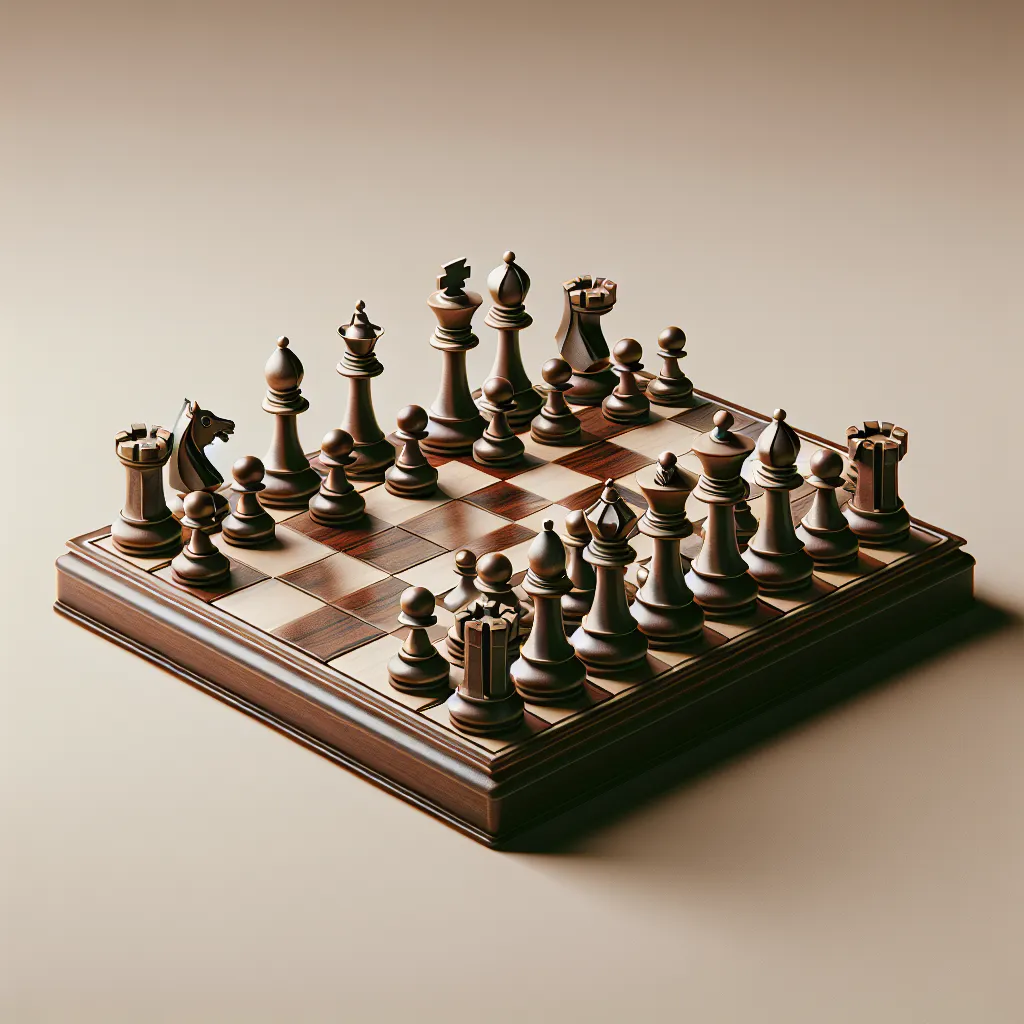Mat
The Mat category includes a diverse range of products designed to provide a comfortable and supportive surface for various activities. From yoga and Pilates to meditation and floor exercises, mats offer cushioning and grip to enhance stability and reduce the risk of slippage during workouts. These mats come in different materials such as PVC, TPE, or natural rubber, catering to various preferences for eco-friendliness and durability.
Furthermore, the Mat category encompasses options with varying thickness, texture, and length to accommodate individual needs and preferences. Whether it’s a compact travel mat for on-the-go workouts or a larger, denser mat for studio or home use, this category offers a variety of choices to suit different practices and preferences. With features such as antimicrobial properties, easy cleaning, and lightweight portability, mats in this category cater to a wide range of users seeking comfort, support, and stability in their fitness and wellness routines.
Mastering Checkmate: Understanding the Basics of a Kings End
The article “The Fundamentals of Achieving Checkmate: A Beginner’s Guide” provides a comprehensive overview of the essential skills and strategic approaches required to master checkmate in chess. It emphasizes the importance of understanding the basic checkmating patterns and tactics, particularly in the King’s End, to achieve victory on the chessboard. The strategic approaches for mastering checkmate focus on leveraging piece coordination, anticipating counter-moves, and recognizing the significance of pawn structure. Furthermore, the article highlights key tactics for successfully executing checkmate, such as controlling the center of the board, utilizing forks, pins, skewers, clearance sacrifices, and deflection to create vulnerabilities around the opponent’s king. Overall, the article serves as an insightful and informative guide for aspiring chess players, offering a wealth of valuable knowledge to enhance their proficiency in achieving checkmate.
The Art of Checkmate: Mastering the Mating Patterns
The article “Understanding the Basic Checkmating Patterns” delves into the essential knowledge chess players need to master the art of checkmate. From the back rank mate to the smothered mate, the article outlines fundamental mating patterns and their strategic importance, encouraging aspiring chess enthusiasts to internalize these patterns for tactical vision and buildup to more complex combinations. Furthermore, the piece discusses advanced tactics in checkmating the opponent’s king, such as discovered checks and clearance sacrifices, as critical maneuvers in forcing the opponent’s king into a corner. Lastly, it emphasizes the significance of checkmate patterns in the endgame, especially as the board opens up and recognizing mating patterns becomes a decisive factor in the game’s outcome. The thorough examination of these topics serves as a compelling invitation for readers to delve deeper into the strategic world of chess and the art of checkmate.
Mastering Checkmate: A Comprehensive Guide to Mate in Chess
The article “Understanding the Basics of Checkmate in Chess” delves into the essential principles and strategies for achieving checkmate in chess. It emphasizes the importance of controlling critical squares, understanding piece power, and recognizing common checkmating patterns, underlining their significance in elevating one’s game. Furthermore, the piece provides a snippet on the role of pawns in checkmate, shedding light on how these seemingly humble pieces play a crucial part in the checkmating process. The subsequent segments on advanced strategies for achieving checkmate highlight the significance of sacrificial moves, forcing moves, and pawn promotion, offering readers insights into elevating their game to new heights. The comprehensive and tactical nature of the content makes it a must-read for chess enthusiasts, as it provides a solid foundation for both novice and seasoned players.
The Art of Checkmate: Mastering the Mat Tactics
The article “Understanding the Importance of Checkmating Patterns” emphasizes the critical role of recognizing and internalizing recurring checkmating configurations in chess. It highlights the benefits of foreseeing potential checkmate threats, enhancing board awareness and calculation skills, and empowering players with strategic prowess. Moreover, the importance of strategic planning and execution in checkmate scenarios is underscored, emphasizing the need for anticipating the opponent’s moves, precision in maneuvering pieces, and the calculation of forcing moves. Lastly, the article stresses that mastering the art of checkmate necessitates a profound understanding of tactical resources, which involves leveraging various strategic elements to achieve checkmate excellence. Readers are encouraged to delve into the article to gain a comprehensive understanding of these essential concepts and elevate their chess-playing skills.




